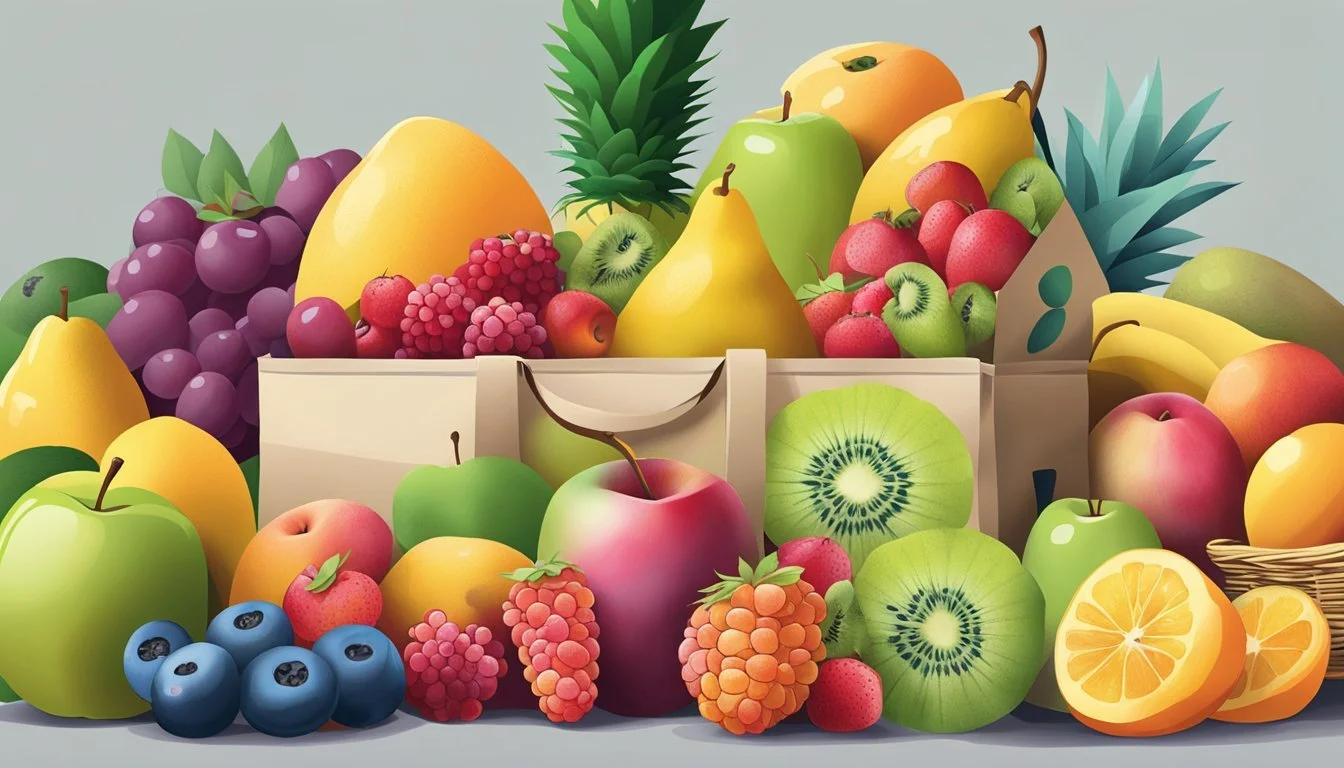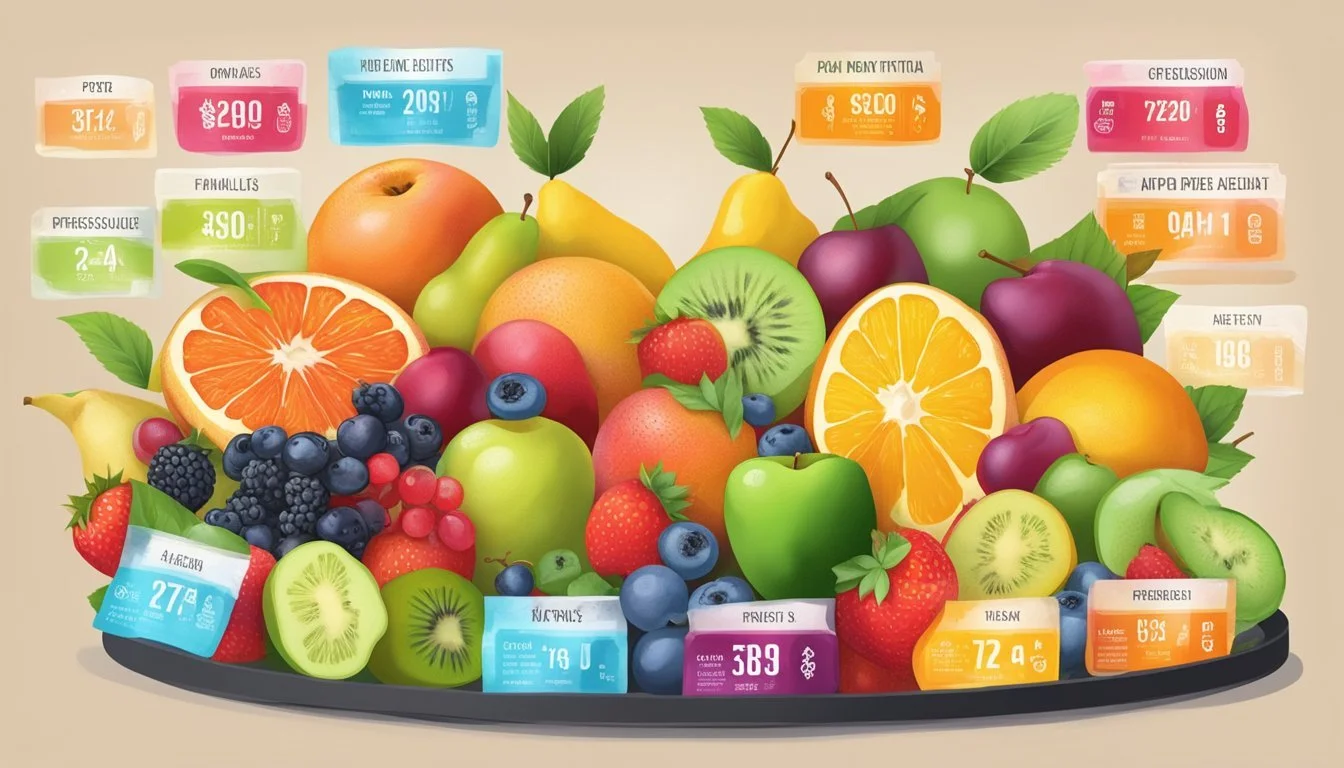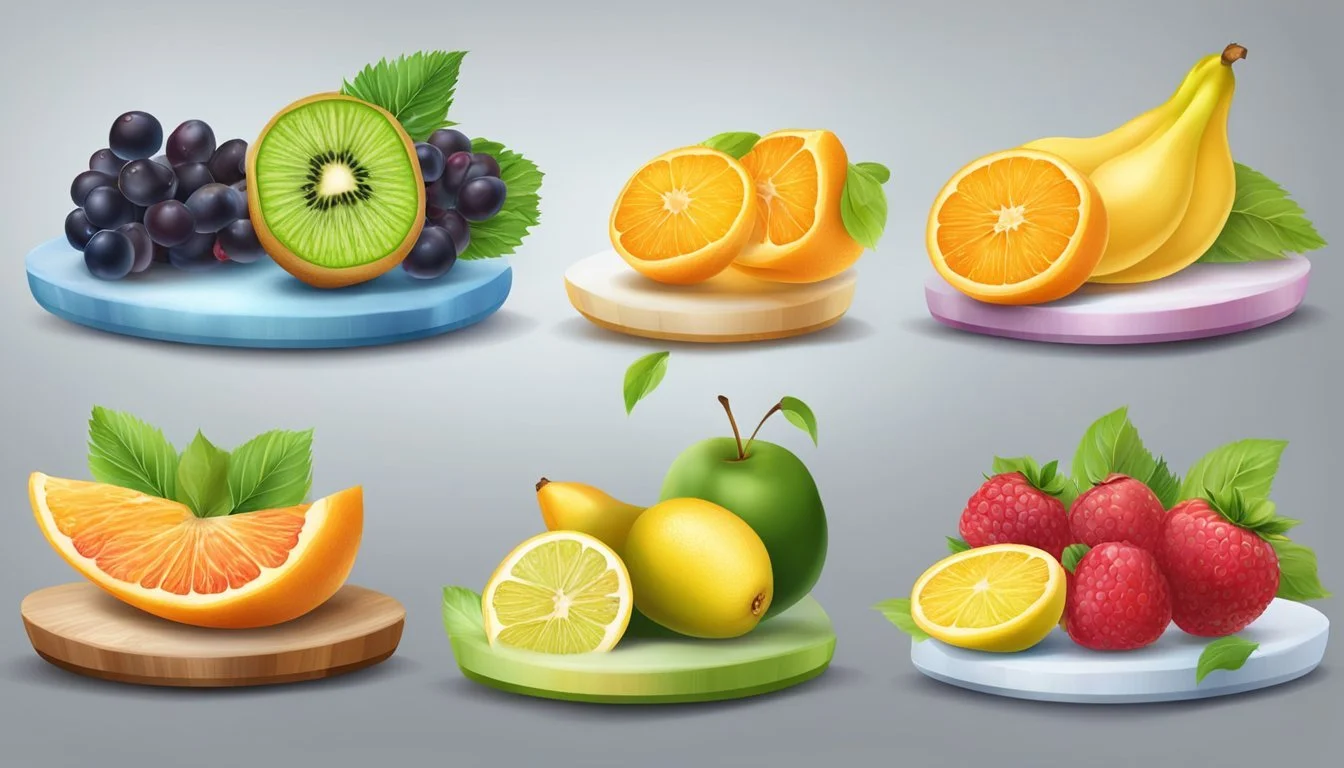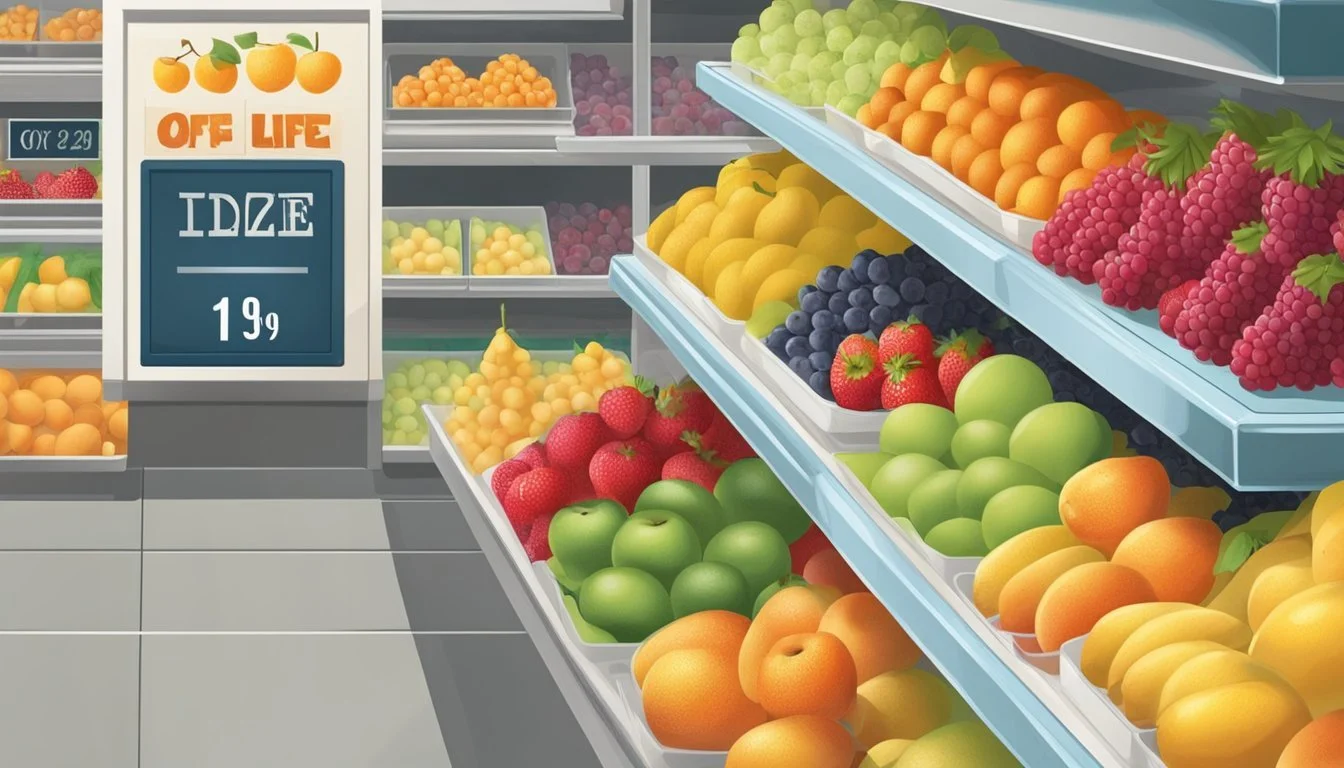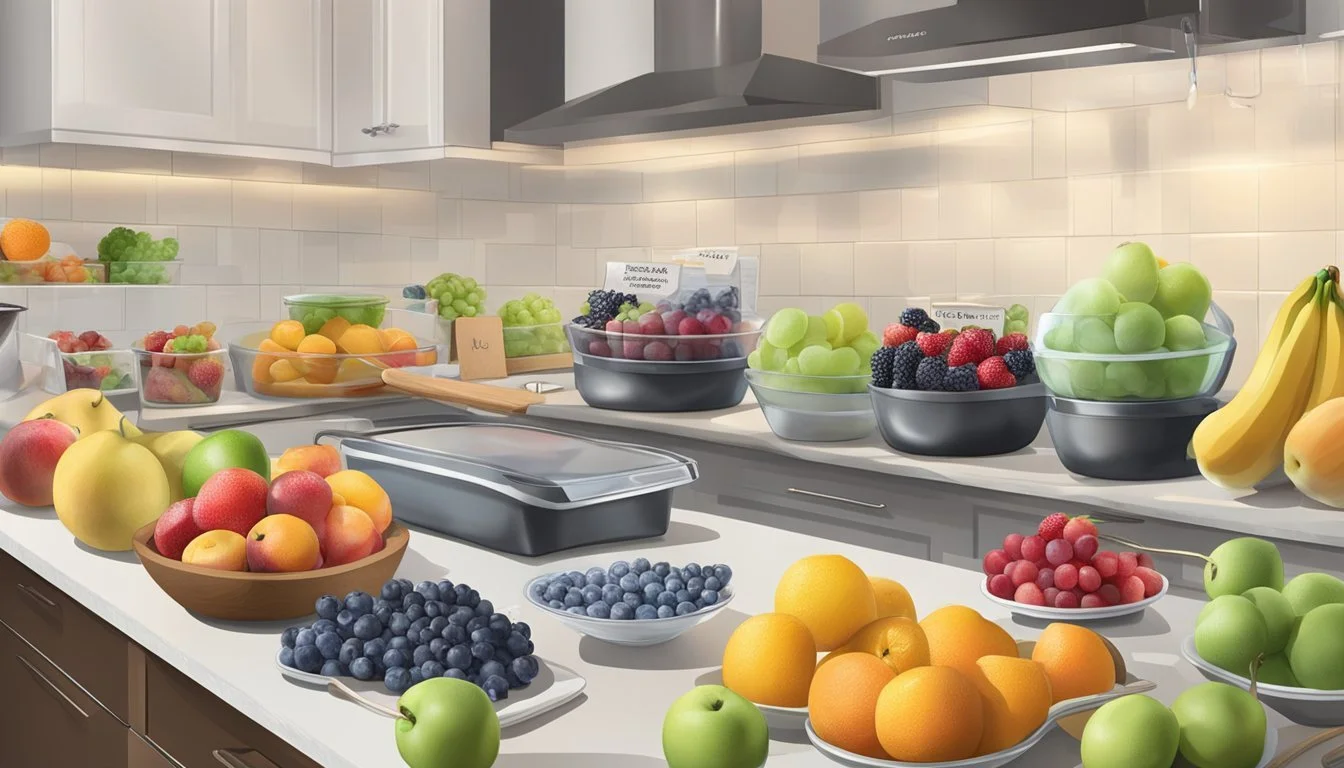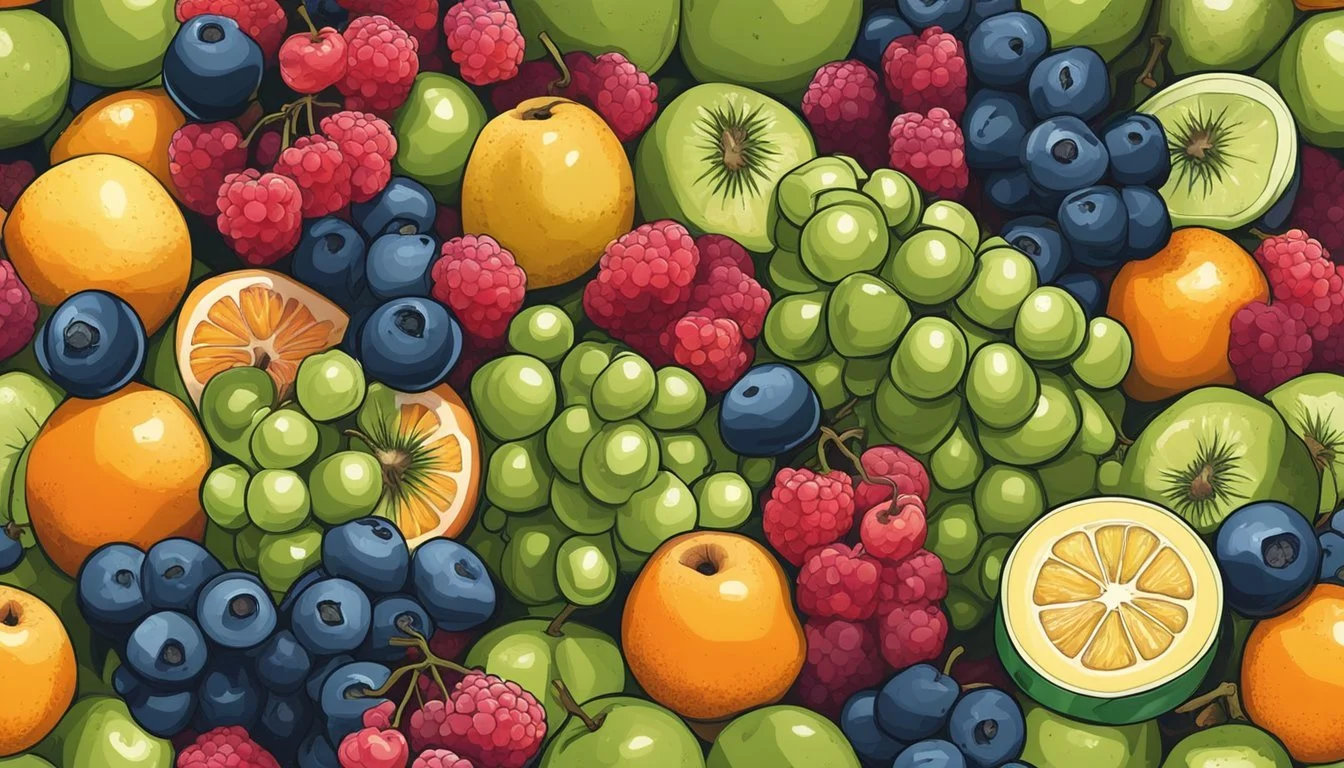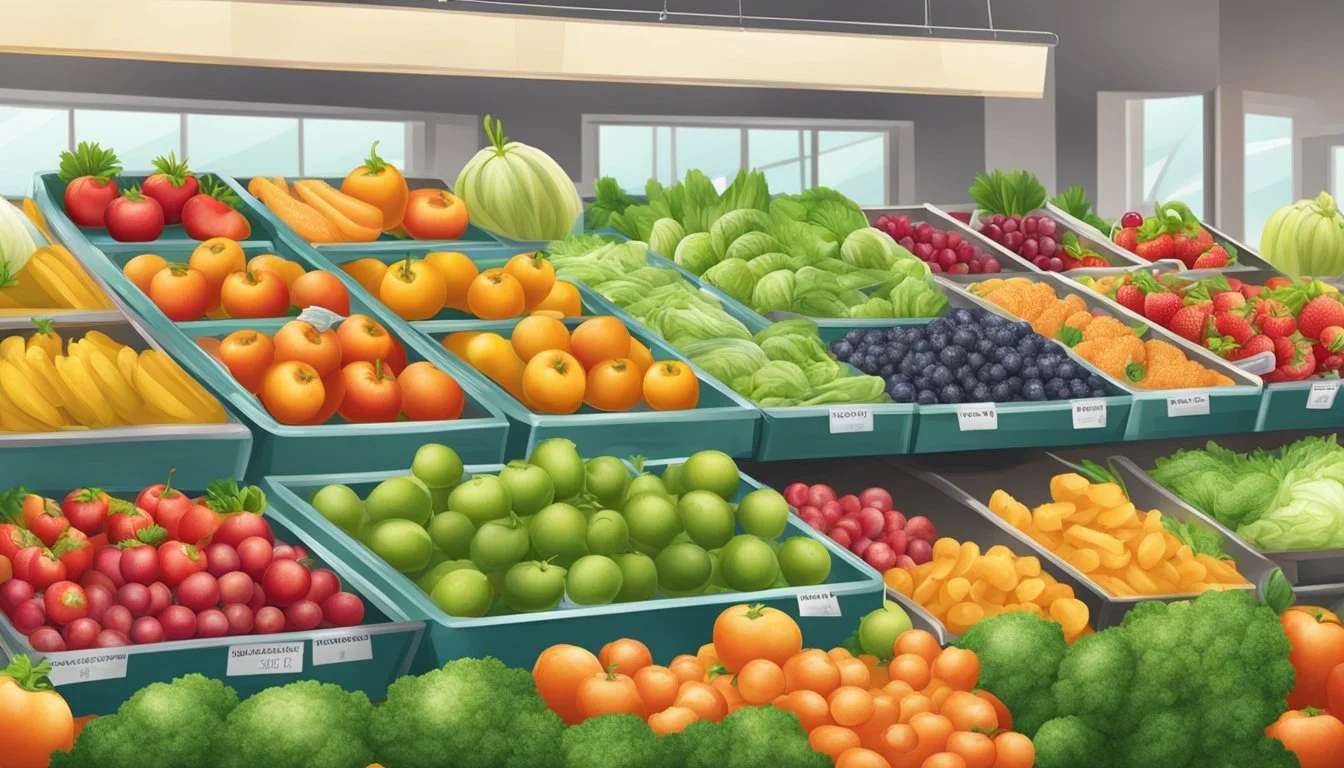Fresh vs Frozen Fruit Cost: A Price Comparison for Budget-Conscious Shoppers
Fresh fruit is often considered the gold standard for taste and nutrition. However, frozen fruit has gained popularity as a convenient and potentially more affordable option. Many consumers wonder if frozen fruit can match the nutritional value of its fresh counterparts while providing cost savings.
Frozen fruit is typically just as nutritious as fresh fruit and can be more economical, especially when certain fruits are out of season. The freezing process locks in nutrients at their peak, preserving vitamins and minerals. This means frozen fruit can sometimes have higher nutrient levels than fresh fruit that has been transported long distances or stored for extended periods.
Cost-conscious shoppers may find frozen fruit to be a budget-friendly choice. It has a longer shelf life, reducing food waste and allowing for bulk purchases. Additionally, frozen fruit is available year-round, providing access to a variety of fruits regardless of seasonal availability. This consistency in pricing and availability can help households better manage their grocery budgets while still enjoying the health benefits of fruit consumption.
Comparing Fresh and Frozen Fruit
Fresh and frozen fruits offer different advantages in terms of cost, nutrition, and convenience. Both options can be healthy choices when incorporated into a balanced diet.
Defining Fresh and Frozen Produce
Fresh fruits are typically harvested and sold without processing. They're often found in grocery store produce sections and farmers' markets. Fresh fruits are picked before reaching peak ripeness to allow for transport and shelf life.
Frozen fruits are harvested at peak ripeness and quickly frozen to preserve nutrients. The freezing process involves washing, cutting, and flash-freezing the fruit pieces. This method helps maintain the fruit's nutritional value and extends its shelf life significantly.
Understanding Nutrient Retention
Frozen fruits often retain more nutrients than their fresh counterparts. The quick freezing process locks in vitamins, minerals, and antioxidants. Fresh fruits may lose some nutrients during transport and storage.
Studies show that frozen fruits can have comparable or higher levels of vitamins C and E, as well as antioxidants, compared to fresh fruits. This is especially true for fruits that have traveled long distances or been stored for extended periods.
Fiber content remains largely unchanged in both fresh and frozen fruits. Sugar levels are also similar, as no sweeteners are typically added during the freezing process.
Taste and Texture Differences
Fresh fruits generally offer the best taste and texture when consumed at peak ripeness. They provide a crisp, juicy experience that many people prefer. However, quality can vary depending on seasonality and storage conditions.
Frozen fruits may have a softer texture when thawed due to the freezing process breaking down cell walls. This can be an advantage in smoothies or baked goods like fruit pies, where a softer texture is desirable.
Taste differences between fresh and frozen fruits are often minimal, especially when the frozen fruit is used in cooked dishes. Some frozen fruits may have a slightly muted flavor compared to fresh, but this is not always noticeable.
Health Benefits and Risks
Fresh and frozen fruits offer distinct nutritional profiles and potential health impacts. Both options can contribute to a balanced diet and provide essential nutrients, though they may differ in certain aspects.
Vitamin and Mineral Content in Fresh vs. Frozen
Fresh fruits typically contain higher levels of vitamin C immediately after harvest. However, this advantage diminishes over time during storage and transport. Frozen fruits, picked at peak ripeness and quickly processed, can retain comparable or even higher levels of certain nutrients.
Studies show that frozen berries often have higher vitamin C content than their fresh counterparts after several days of refrigeration. Frozen spinach tends to have more folate than fresh spinach. Calcium and magnesium levels remain relatively stable in both fresh and frozen produce.
Some nutrients, like vitamin A and carotenoids, may be more bioavailable in frozen fruits due to the freezing process breaking down cell walls.
Impact on Chronic Diseases
Regular consumption of fruits, whether fresh or frozen, is associated with reduced risk of chronic diseases. Both forms contribute to heart health by providing dietary fiber, potassium, and various phytochemicals.
A diet rich in fruits may help lower blood pressure and decrease the risk of stroke. Fresh and frozen fruits alike play a role in weight management and blood sugar control, important factors in preventing type 2 diabetes.
Research suggests that the antioxidants in fruits may help reduce inflammation, potentially lowering cancer risk. The convenience of frozen fruits may encourage higher overall fruit intake, supporting these health benefits.
The Role of Antioxidants
Antioxidants in fruits, such as vitamin C, vitamin E, and phenolic compounds, help protect cells from oxidative stress. Frozen fruits often retain high levels of these beneficial compounds.
Berries, particularly rich in antioxidants, maintain their polyphenol content when frozen. Blueberries, for instance, show minimal loss of anthocyanins during freezing and storage.
Some studies indicate that the freezing process may increase the availability of certain antioxidants. Frozen peaches have been found to have higher levels of beta-carotene compared to fresh peaches stored for several days.
The antioxidant activity in fruits can vary based on factors like growing conditions and processing methods, regardless of whether they are fresh or frozen.
Cost and Accessibility Comparisons
Fresh and frozen fruits differ in price and availability throughout the year. These factors impact consumer choices and budgets when shopping for produce.
Seasonal Variations and Price Fluctuations
Fresh fruit prices fluctuate based on seasonality and supply. In-season fruits are typically cheaper and more abundant. For example, strawberries cost less in summer when locally grown, but prices rise in winter.
Frozen fruit prices remain relatively stable year-round. This consistency allows for better budget planning. Frozen options often provide cost savings during off-seasons when fresh equivalents are pricier.
Weather events and crop yields also influence fresh fruit costs. Poor harvests can lead to sudden price spikes. Frozen fruits are less affected by these short-term fluctuations.
Long-Term Cost Efficiency
Frozen fruits can be more cost-effective in the long run. They have a longer shelf life, reducing food waste. Fresh fruits spoil quickly, potentially leading to monetary losses.
Bulk purchases of frozen fruits offer additional savings. Larger bags often have a lower per-unit cost. Fresh fruits are harder to buy in bulk due to spoilage concerns.
Frozen fruits allow for portion control, reducing overconsumption and waste. This aspect contributes to their long-term cost efficiency for many households.
Availability in Supermarkets
Most supermarkets offer a wide selection of frozen fruits year-round. This consistent availability ensures access to various fruit options regardless of season.
Fresh fruit sections in supermarkets change with the seasons. Some fruits may be unavailable or limited during certain months. Frozen fruits provide alternatives when fresh options are scarce.
Rural areas or food deserts may have limited access to fresh fruits. Frozen fruits can bridge this gap, providing nutritious options in areas with fewer fresh produce choices.
Supermarkets often dedicate significant space to frozen foods, including fruits. This allocation reflects consumer demand and the convenience of frozen options.
Storage and Shelf Life
Fresh and frozen fruits differ significantly in their storage requirements and shelf life. These factors impact cost-effectiveness and convenience for consumers.
Optimal Conditions for Fresh Produce
Fresh fruits require careful storage to maintain quality and extend shelf life. Refrigeration is essential for most berries, cherries, and citrus fruits. Store these at 32-40°F (0-4°C) in high-humidity drawers.
Some fruits like bananas, avocados, and peaches ripen at room temperature. Once ripe, they can be refrigerated to slow further ripening.
Proper packaging also plays a role. Store fruits in perforated plastic bags or containers to allow air circulation while retaining moisture.
Despite best efforts, fresh fruits typically last only 3-7 days. This short window can lead to waste if not consumed quickly.
Benefits of Frozen Produce Storage
Frozen fruits offer significant advantages in storage and shelf life. They can be kept in the freezer for 6-12 months without significant loss of quality or nutrients.
Freezing halts the ripening process, preserving fruits at peak freshness. This eliminates the need for careful monitoring and quick consumption required for fresh produce.
Frozen fruits come pre-packaged in resealable bags, reducing prep time and mess. They're ready to use in smoothies, baking, or as toppings.
The extended shelf life of frozen fruits can lead to less food waste and potentially lower overall costs, despite sometimes higher upfront prices.
Preparation and Cooking Considerations
Fresh and frozen fruits offer different advantages in the kitchen. Their preparation methods and cooking properties can impact meal planning and nutrient retention.
Convenience in Cooking
Frozen fruits require minimal preparation, making them a time-saver for busy cooks. They come pre-washed, peeled, and cut, eliminating these steps in the kitchen. This convenience allows for quick addition to smoothies, baked goods, or as toppings.
Fresh fruits often need washing, peeling, and cutting before use. However, they provide flexibility in portion control and presentation. Fresh fruits are ideal for immediate consumption or recipes requiring specific cuts or textures.
Frozen fruits can be stored longer, reducing waste and allowing for spontaneous use in recipes. They're particularly useful for out-of-season fruits, providing year-round access to various options.
Nutrient Preservation in Cooking Processes
Frozen fruits undergo a blanching process before freezing, which helps preserve nutrients and color. This process can slightly alter texture but locks in vitamins and minerals effectively.
Fresh fruits retain their original texture and flavor but may lose nutrients over time, especially if not consumed quickly. Proper storage can help maintain their nutritional value.
When cooking, frozen fruits often hold up well in baked goods and sauces. They release less water than fresh fruits, potentially affecting recipe consistency.
Fresh fruits are preferable for dishes where texture is crucial, such as fruit salads or garnishes. They also caramelize better when grilled or roasted, enhancing flavor profiles in various dishes.
Environmental and Waste Implications
The choice between fresh and frozen fruit has significant environmental impacts related to transportation, storage, and food waste. These factors affect the overall carbon footprint and sustainability of fruit consumption.
Transportation and Carbon Footprint
Fresh fruit often travels long distances from farm to store, increasing its carbon footprint. Trucks, ships, and planes burn fossil fuels to transport perishable produce quickly. Frozen fruit requires less urgent shipping, allowing for more efficient transportation methods.
Refrigeration during transit adds to energy use for both fresh and frozen options. However, frozen fruit's cold chain is typically more consistent and efficient. Once at grocery stores, fresh fruit needs ongoing refrigeration. Frozen fruit stays in energy-efficient freezers until purchase.
Local, in-season fresh fruit can have a lower carbon footprint than imported frozen options. The environmental impact depends heavily on the specific fruit, its origin, and the time of year.
Reducing Food Waste with Frozen Options
Frozen fruit helps reduce food waste significantly. Fresh fruit spoils quickly, often before consumers can eat it all. This leads to substantial waste at stores and in homes. Frozen fruit lasts for months in the freezer, reducing the risk of spoilage.
Consumers can use only the amount of frozen fruit they need, returning the rest to the freezer. This flexibility decreases waste compared to fresh fruit, which may rot if not eaten promptly. Some studies suggest frozen options can reduce food waste by up to six times compared to fresh.
Frozen fruit processing allows for the use of "imperfect" produce that might otherwise be discarded. This practice helps minimize waste at the farm and processing levels.
Specific Fruits and Vegetables
Different types of produce have varying shelf lives and nutritional profiles when fresh versus frozen. The freezing process can impact certain fruits and vegetables differently, affecting both cost and quality.
Leafy Greens and Cruciferous Vegetables
Spinach and broccoli are prime examples of vegetables that can benefit from flash-freezing. Fresh spinach wilts quickly, while frozen spinach maintains its nutrients and is often more cost-effective. A 10-ounce bag of frozen spinach typically costs less than its fresh counterpart.
Broccoli and cauliflower retain their nutritional value when frozen. Studies show that frozen broccoli can have comparable or even higher levels of vitamin C and antioxidants compared to fresh broccoli that has been stored for several days.
Flash-freezing these vegetables at their peak of ripeness locks in nutrients without the need for preservatives. This process allows for longer storage and often results in lower costs for consumers.
Berries and Stone Fruits
Berries like strawberries, blueberries, and raspberries are excellent candidates for freezing. Fresh berries have a short shelf life and can be expensive when out of season. Frozen berries are typically harvested at peak ripeness and maintain their nutritional value.
A study found that frozen apricots had significantly higher levels of antioxidants, beta-carotene, vitamin C, and polyphenols compared to fresh apricots. Even after three months of storage, frozen apricots retained higher levels of these nutrients than fresh ones.
Frozen berries are often more affordable and can be used year-round in smoothies, baked goods, and as toppings. They provide similar nutritional benefits to fresh berries at a fraction of the cost.
Legumes and Starchy Vegetables
Peas and corn are starchy vegetables that freeze exceptionally well. Frozen peas often retain more nutrients than fresh peas that have been stored for several days. They are also more convenient and cost-effective.
Fresh peas begin to lose their sweetness and nutritional value shortly after harvesting. Frozen peas are typically flash-frozen within hours of picking, preserving their flavor and nutrients.
Frozen corn kernels are another economical option. They maintain their nutritional value and can be stored for long periods without deterioration. Canned tomatoes, while not frozen, offer a cost-effective alternative to fresh tomatoes in cooking.
These frozen vegetables provide consistent quality and nutrition year-round, often at a lower price point than their fresh counterparts during off-seasons.

